
CONTACTAbout UsCAREER OPPORTUNITIESADVERTISE WITH USPRIVACY POLICYPRIVACY PREFERENCESTERMS OF USELEGAL NOTICE
© 2025 Equal Entertainment LLC.
All Rights reserved
All Rights reserved
By continuing to use our site, you agree to our Privacy Policy and Terms of Use.
We need your help
Your support makes The Advocate's original LGBTQ+ reporting possible. Become a member today to help us continue this work.
Your support makes The Advocate's original LGBTQ+ reporting possible. Become a member today to help us continue this work.
After Amy Stocks and her partner Ali Lingel watched a satiric video from The Onion about a small town throwing a pride festival for its only gay man, she posted the video on her Facebook page with a note asking when her own hometown, Moab, Utah, was going to throw a party for her. The response eventually turned into the city's first ever LGBT Pride parade and festival, an event that attracted a full 10% of its citizens.
For Moab -- a small town nestled between Canyonlands and Arches National Parks, in rural conservative southern Utah -- last month's Pride was more than just a party and a parade. It was a political statement heard far beyond the city's borders, in part because the state's predominant religion -- the Church of Jesus Christ of Latter-day Saints (the official name of the Mormon faith) -- has been in the national spotlight all year and in LGBT crosshairs for several more.
Two GOP presidential candidates -- former Utah governor Jon Huntsman and former Massachusetts governor Mitt Romney -- have put Mormonism in the national conversation, notes Celia Alario, media strategist and founder of PR for People the Planet. And the Mormon Church's role in funding the 2008 campaign for Proposition 8 in California, she said "put the church and the state of Utah smack in the middle of a national debate on issues impacting members of the lesbian, gay, bisexual, transgender, queer, intersex community."
By hosting Pride in Moab, LGBT organizers recognized that their little town could potentially impact the entire state "by raising awareness and encouraging understanding and acceptance of LGBTQI people," said Sallie Hodges, Moab Pride Festival Creative Director. "Having attended many Pride festivals in cities such as London, New York, Los Angeles, and San Francisco, I can't help but feel that this festival is as important if not more so than the bigger metropolitan festivals."
Alario, a Moab resident, agrees: "Perhaps more significant than the massive Pride events that draw tens of thousands to big cities across the nation, the hundreds that attend this inaugural Pride festival in Moab...send a strong message to the nation that many in the state of Utah do, in fact, support diversity."
And indeed it did.
Hodges says the success of the festival really "opened up an awareness within the community that there are LGBTQ people out there. If there was one 15-year-old struggling with their sexuality and feeling isolated then I think that them knowing the festival was happening and that they are not alone means we accomplished what we set out to achieve -- it's one step closer to equality and acceptance."
What was good for the gays was also good for local businesses. Organizers expect next year's number of festival attendees to double, and they're banking on the region's appeal as a tourism destination to help that along. Next year the festivities in Moab will include a gay adventure week -- perhaps the first locale in the country to tie outdoor recreation with LGBT Pride as part of annual festivities, a fitting partnership for a city known as a paradise for outdoor sports such as mountain biking, whitewater rafting, and hiking.
This year, Moab Pride included an Orange party (a fitting redux of the classic gay white party theme and a local nod to Moab's reddish-orange sandstone cliffs) plus a festival, but it kicked off with their "Visibility March," attendance at which surprised even Hodges. "I thought maybe we would get between 30 to 50 people marching. Instead, between 400 to 500 showed up."
Unlike other cities where first time Pride-goers hid behind costumes (Boise, we're talking to you), Hodges says, "I don't think any one of them felt they had to hide behind a mask or costume, although costumes were in abundance. I can't really describe the emotions I felt by being a part of such a life affirming experience. As we marched, people on the sidelines clapped and cheered, there were no jeering or mean spirited expletives. In fact, the community as a whole -- from the police department to City Hall -- have been nothing but incredibly accommodating and very supportive."
That image doesn't jibe with how Utahns have been portrayed in the past.
"Utah in general is a very conservative Mormon state," says Hodges. "And I'm excited by the fact that our festival, through its success will serve as an outreach beacon for other small towns in southern Utah which are not as progressive as Moab. I think that one other aspect of the march and the festival in general that made it so enjoyable was that as organizers we wanted to include everyone and so our invite was addressed to all regardless of age, gender, religious or political affiliation and those were a lot of the people that showed up in support and solidarity."
Having 500 people march in the first Pride parade ever held in a town of less than 5,000 people (that's a full 10%) is telling, and not too shabby for an event that started almost as a lark.
"The response Amy got from her posting, rather than being humorous, was more in line with 'what a great idea' and that was how the festival was spawned," says Hodges who helped organize the festival and garnered community support -- from groups including Utah Pride, HRC, ACLU, Planned Parenthood, Equality Utah, Utah Film Center and The Community Foundation of Utah, and Q Salt Lake -- along with Stocks, Lingel, and Helene Rohr. "I think the actual impetus for the festival was quite simply, It's about time!"
deliciousdiane
From our Sponsors
Most Popular
Bizarre Epstein files reference to Trump, Putin, and oral sex with ‘Bubba’ draws scrutiny in Congress
November 14 2025 4:08 PM
True
Jeffrey Epstein’s brother says the ‘Bubba’ mentioned in Trump oral sex email is not Bill Clinton
November 16 2025 9:15 AM
True
Watch Now: Pride Today
Latest Stories
RFK Jr.’s health department is using religious freedom to strip transgender people of health care
December 09 2025 5:34 PM
D.C. appeals court keeps Trump’s transgender military ban in place despite one judge’s blistering dissent
December 09 2025 3:48 PM
True
From Riley Gaines to OU, conservatives are making their failures everyone else's problem
December 09 2025 3:35 PM
Punished for bleeding: How periods in prison become a trap
December 09 2025 1:39 PM
Dwayne Johnson’s daughter hard launches her new wrestler girlfriend
December 09 2025 12:26 PM
Jeremy O. Harris released from custody in Japan after drug smuggling allegations
December 09 2025 12:14 PM
AIDS activist group ACT UP changed the world. Here's why its work still matters today
December 09 2025 10:34 AM
New mutant mpox strain discovered in England — how concerned should people be?
December 09 2025 9:27 AM
Is 'Heated Rivalry' based on a true story? Yes...sort of
December 08 2025 5:01 PM
Trending stories
Recommended Stories for You

Diane Anderson-Minshall
Diane Anderson-Minshall is the CEO of Pride Media, and editorial director of The Advocate, Out, and Plus magazine. She's the winner of numerous awards from GLAAD, the NLGJA, WPA, and was named to Folio's Top Women in Media list. She and her co-pilot of 30 years, transgender journalist Jacob Anderson-Minshall penned several books including Queerly Beloved: A Love Across Genders.
Diane Anderson-Minshall is the CEO of Pride Media, and editorial director of The Advocate, Out, and Plus magazine. She's the winner of numerous awards from GLAAD, the NLGJA, WPA, and was named to Folio's Top Women in Media list. She and her co-pilot of 30 years, transgender journalist Jacob Anderson-Minshall penned several books including Queerly Beloved: A Love Across Genders.



























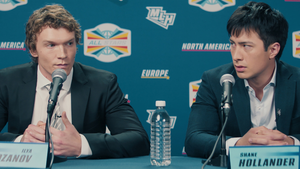
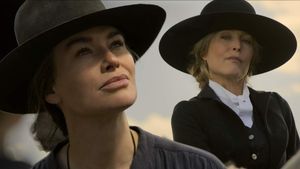
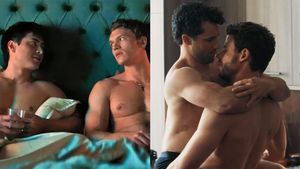




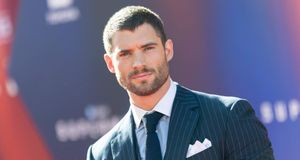
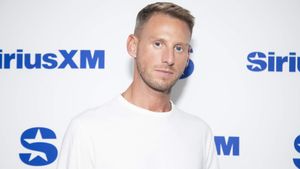

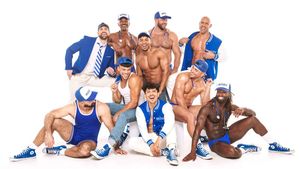
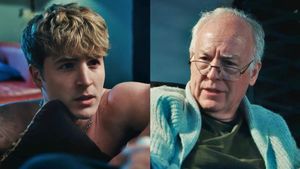
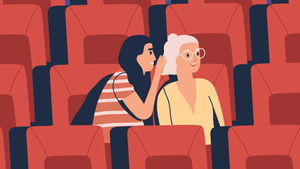
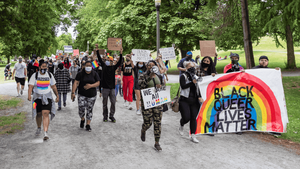
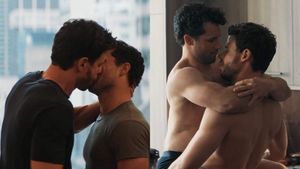
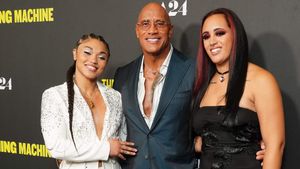
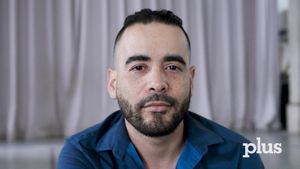
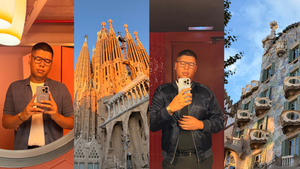

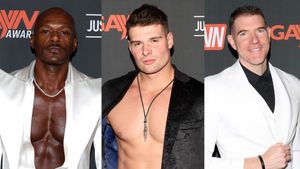
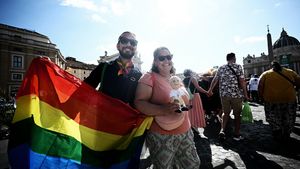
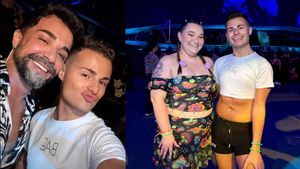
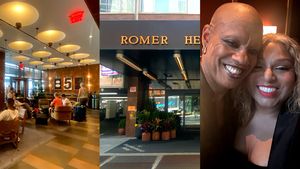
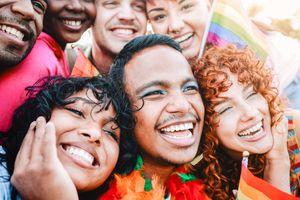
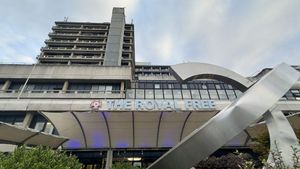

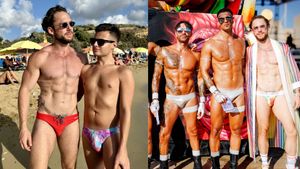
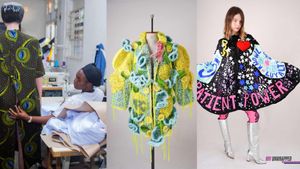
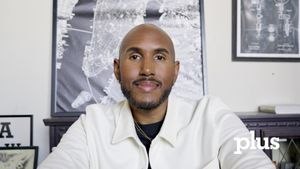
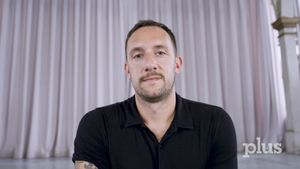

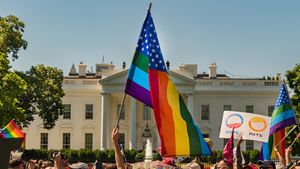



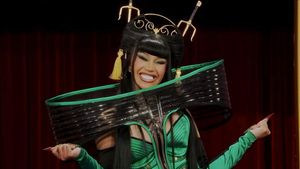
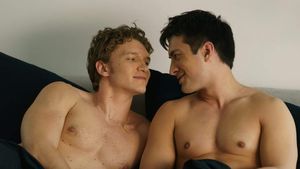


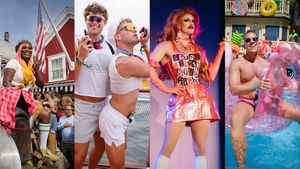
Charlie Kirk DID say stoning gay people was the 'perfect law' — and these other heinous quotes